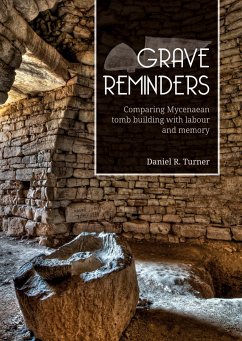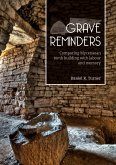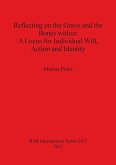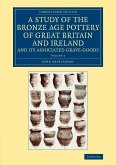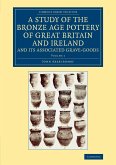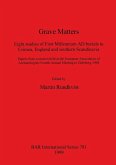From ca. 1600 - 1000 BC, builders across southern Greece crafted thousands of rock-cut chamber tombs similar to earlier and contemporary 'beehive' tholos tombs. Both tomb styles were designed with multiple uses in mind, filling with the remains of funerals forgotten over generations of reuse. In rare cases, the tombs were used once or seemingly not at all, cleaned thoroughly or sealed and abandoned entirely. Rather than focus on the missing or muddled record of funeral and post-funeral activities, this book re-examines Mycenaean tomb architecture and the decisions that guided it.From minimalistic to monumental, builders designed tombs with forethought to how commissioners and witnesses would react and remember them. Patterns suggest that memories of what tombs should look like heavily influenced new construction toward recurring shapes and appropriate scales. The wider debates over cost from 'architectural energetics' and perception in Aegean mortuary behaviour are thus revisited. Both can find common purpose in labour measured through a relative index and collective memory - how labourers and patrons saw their work. That metric for comparison lies within a median standard: in this instance, tombs expressed in terms of correlative shape and simple labour investment of the earth and rock moved to create them. This was accomplished here through photogrammetric modelling of 94 multi-use tombs in Achaea and Attica, verifying a cost-effective alternative for local authorities warding off information loss through site destruction from looting and earthquakes. Since most labour models suggest the tombs were not burdensome, commissioners held extravagant building in check by weighing the social risks and rewards of standing out from the crowd.ContentsPrefaceAcknowledgementsChapter 1. IntroductionChapter 2. SettingChapter 3. Artists at work: perspectives and logistics in cooperative buildingChapter 4. A labour catalogue with multi-use tombsChapter 5. RemindersReferences CitedAppendix 1. Labour ratesAppendix 2. Other tombsAppendix 3. Digital collection of excess tomb models
Hinweis: Dieser Artikel kann nur an eine deutsche Lieferadresse ausgeliefert werden.
Hinweis: Dieser Artikel kann nur an eine deutsche Lieferadresse ausgeliefert werden.

